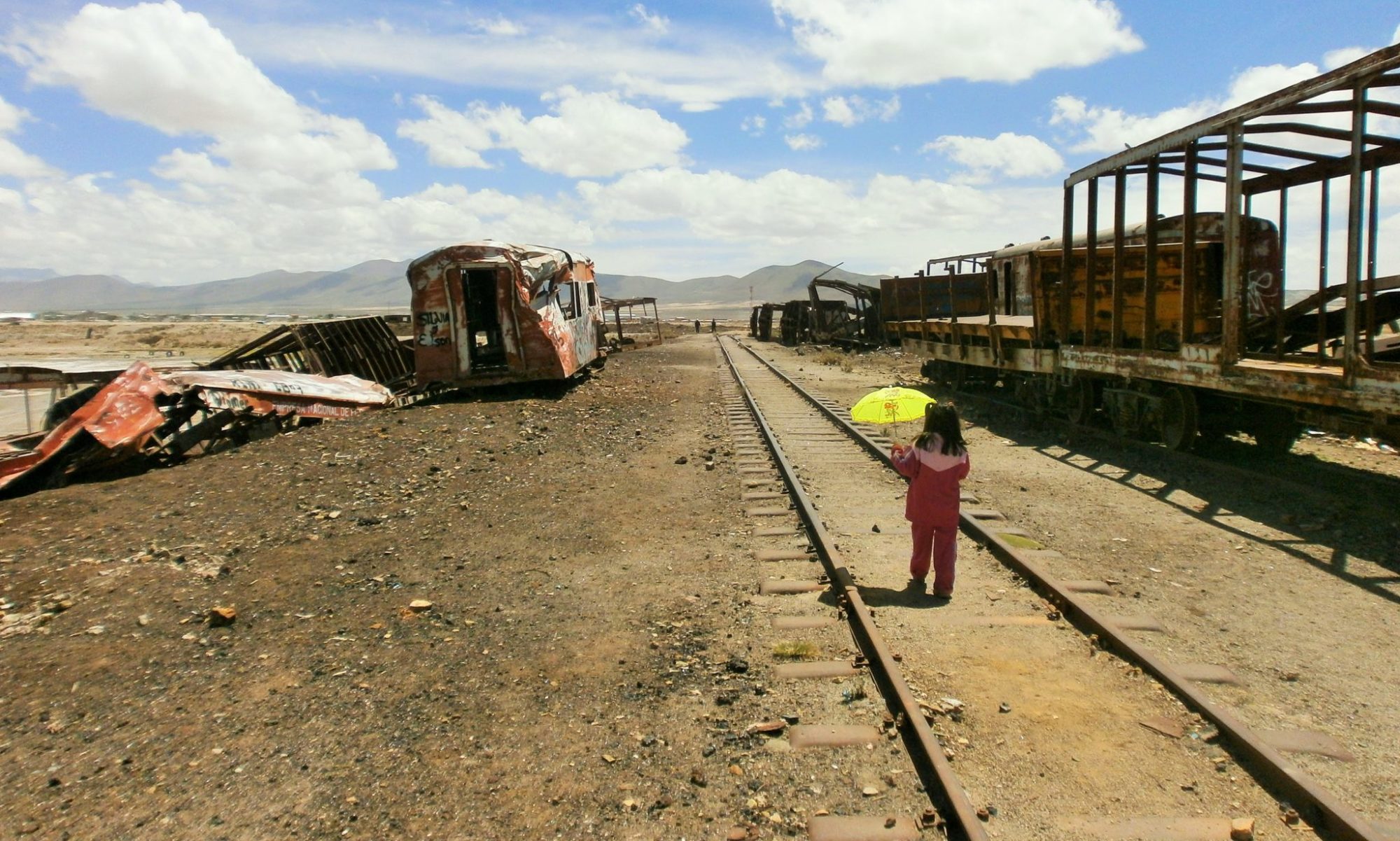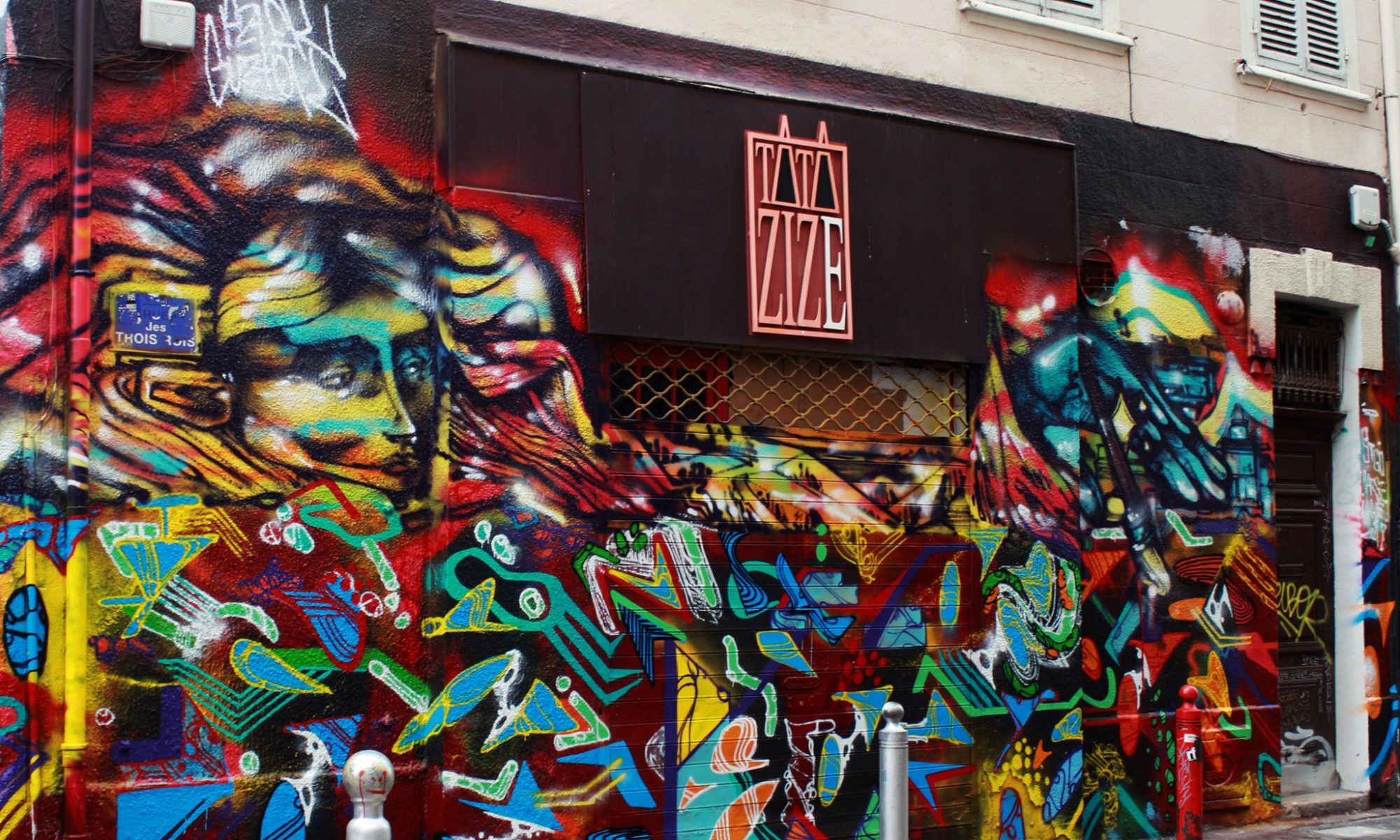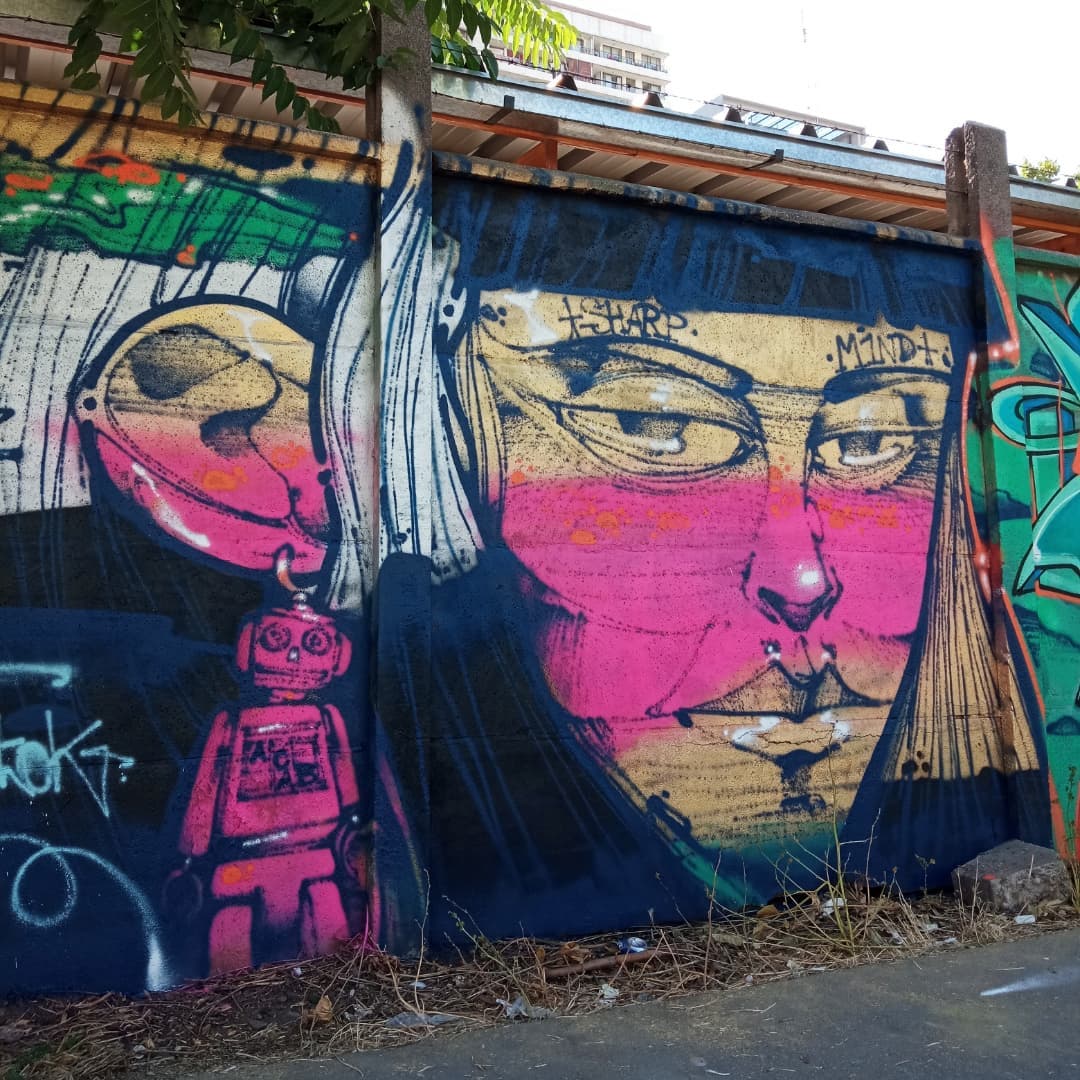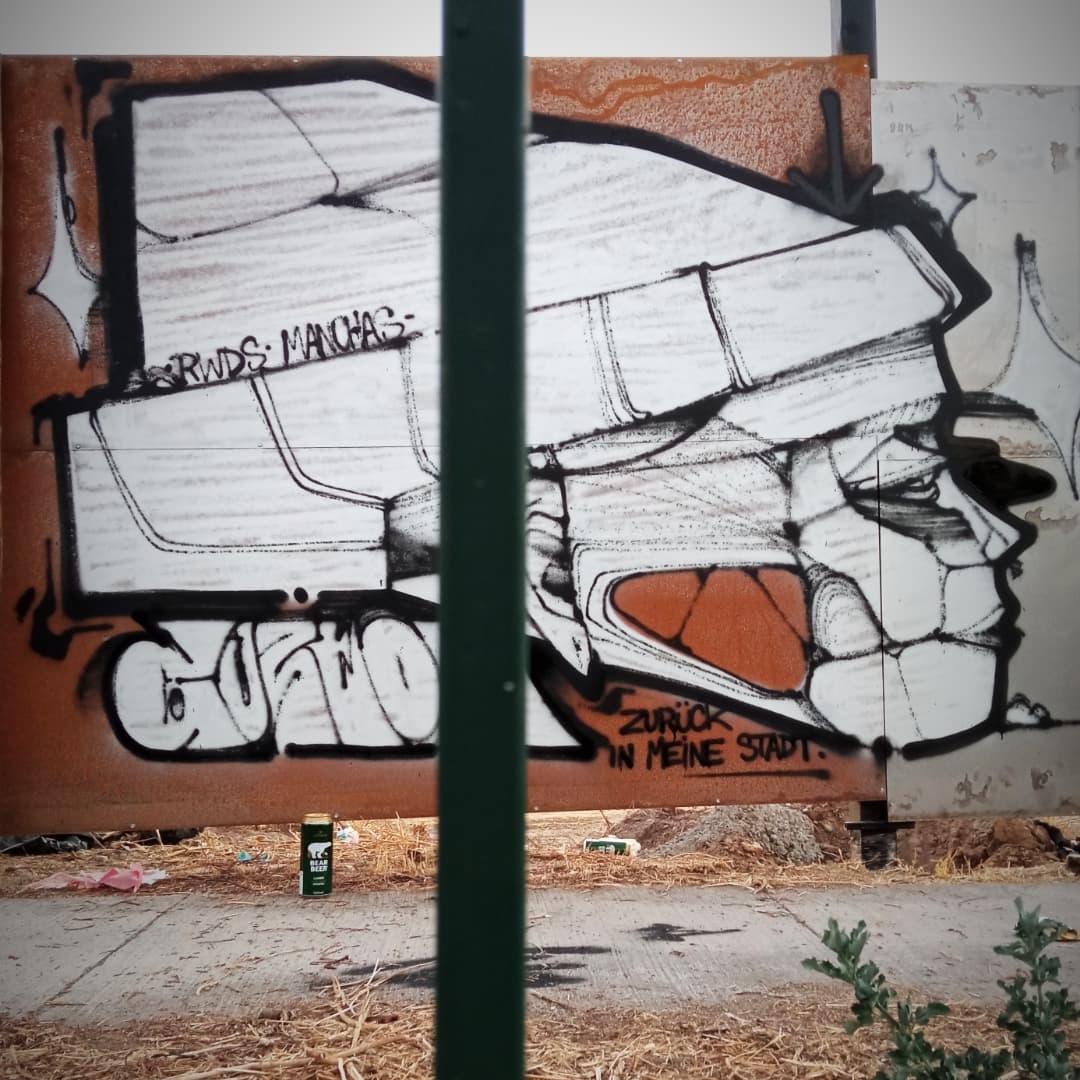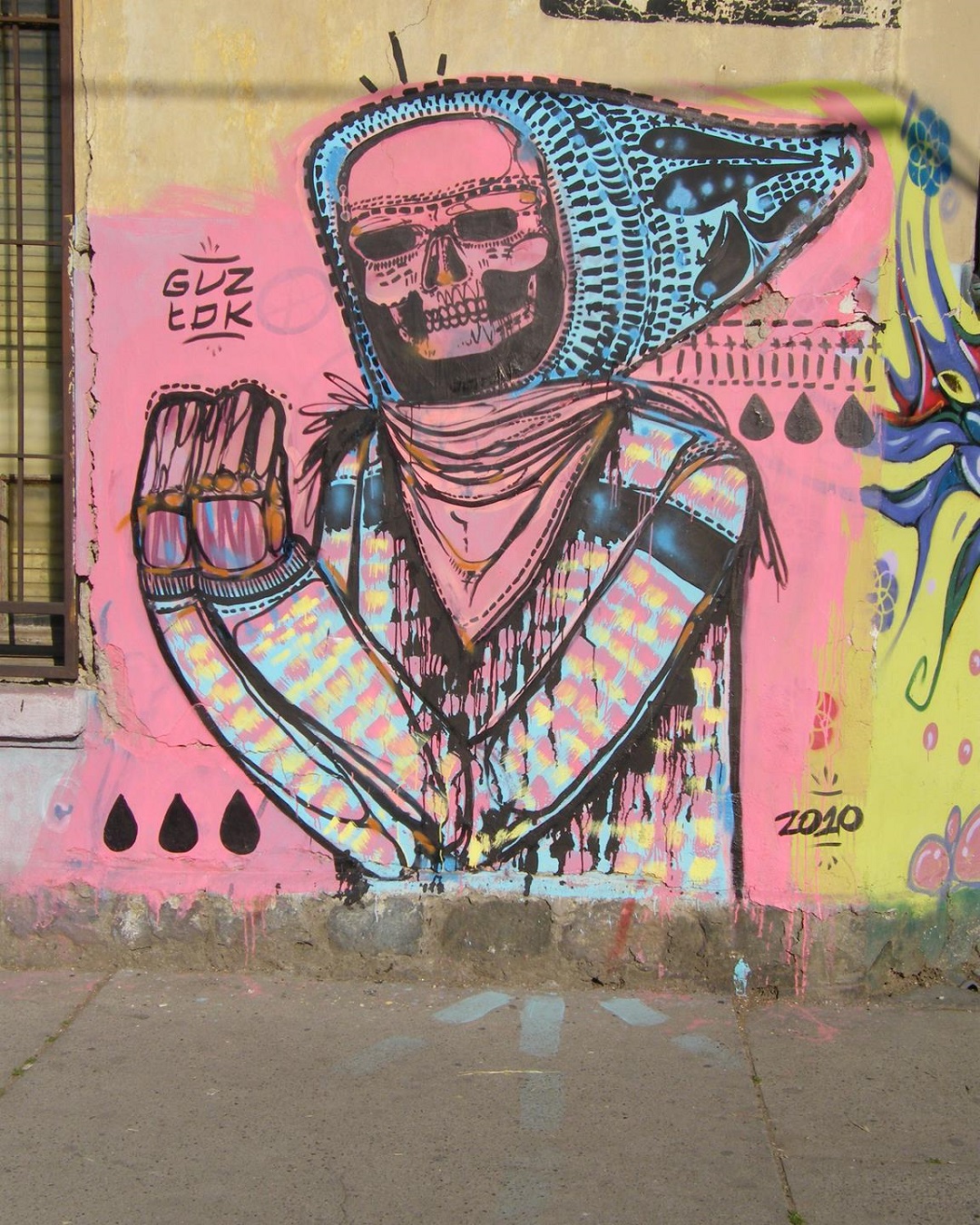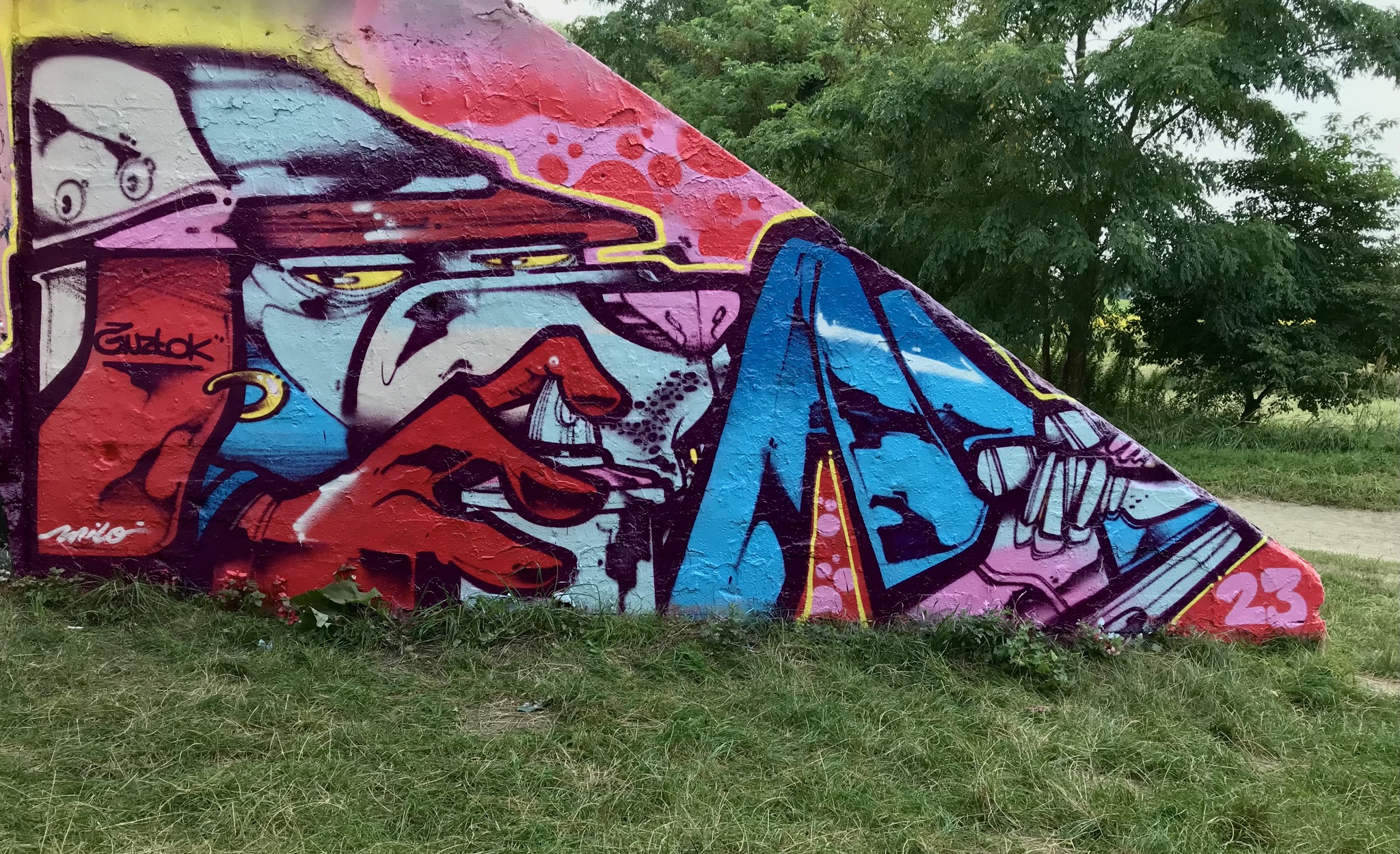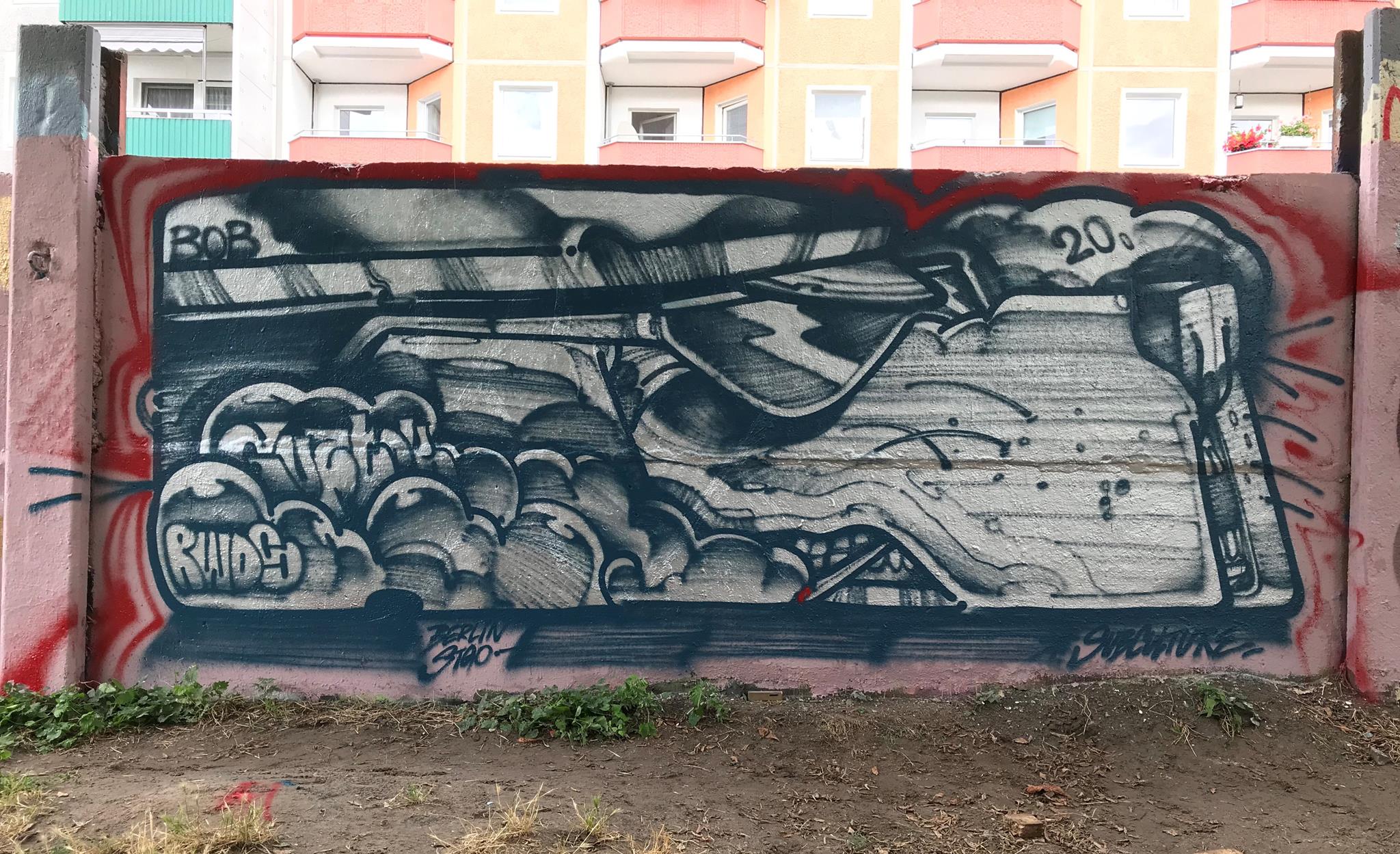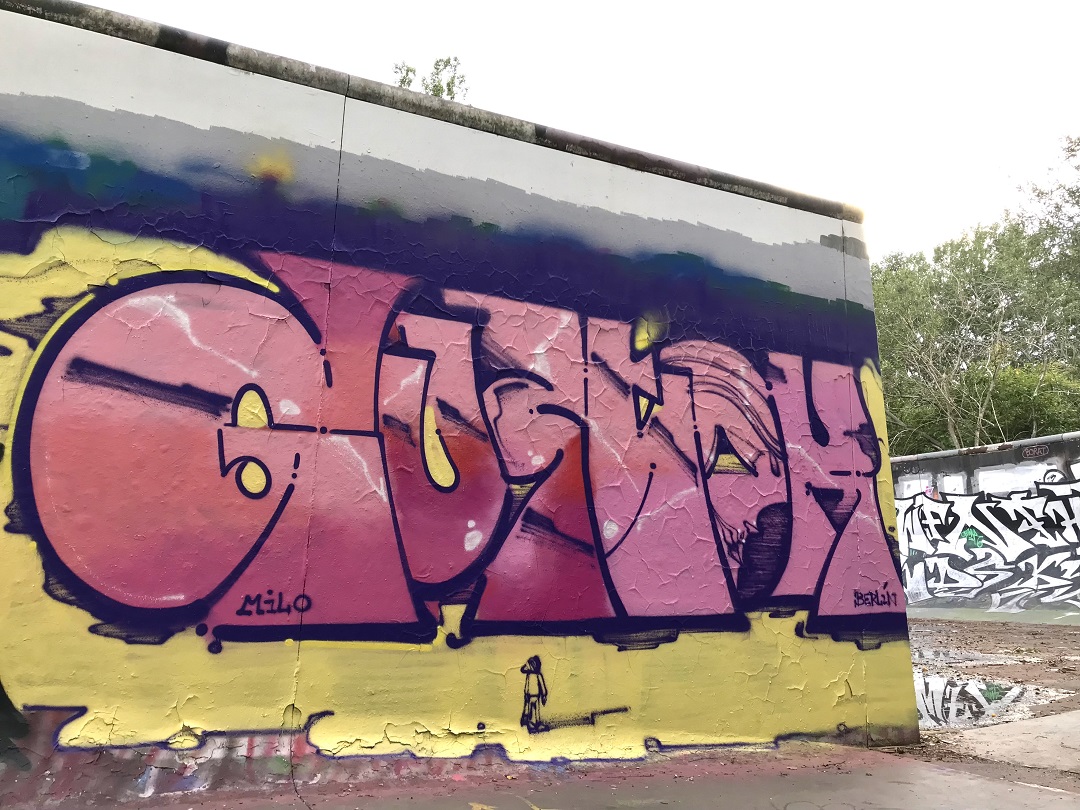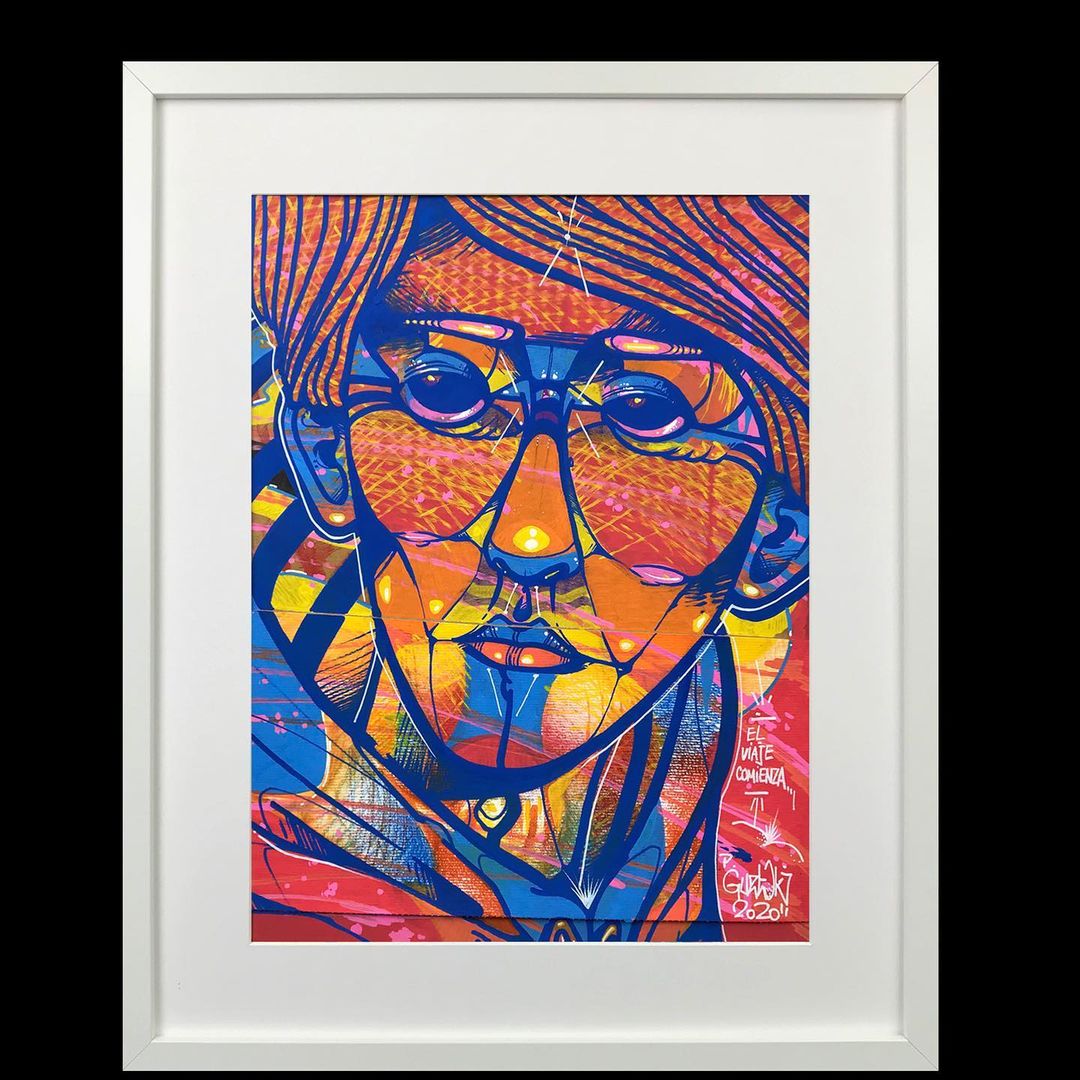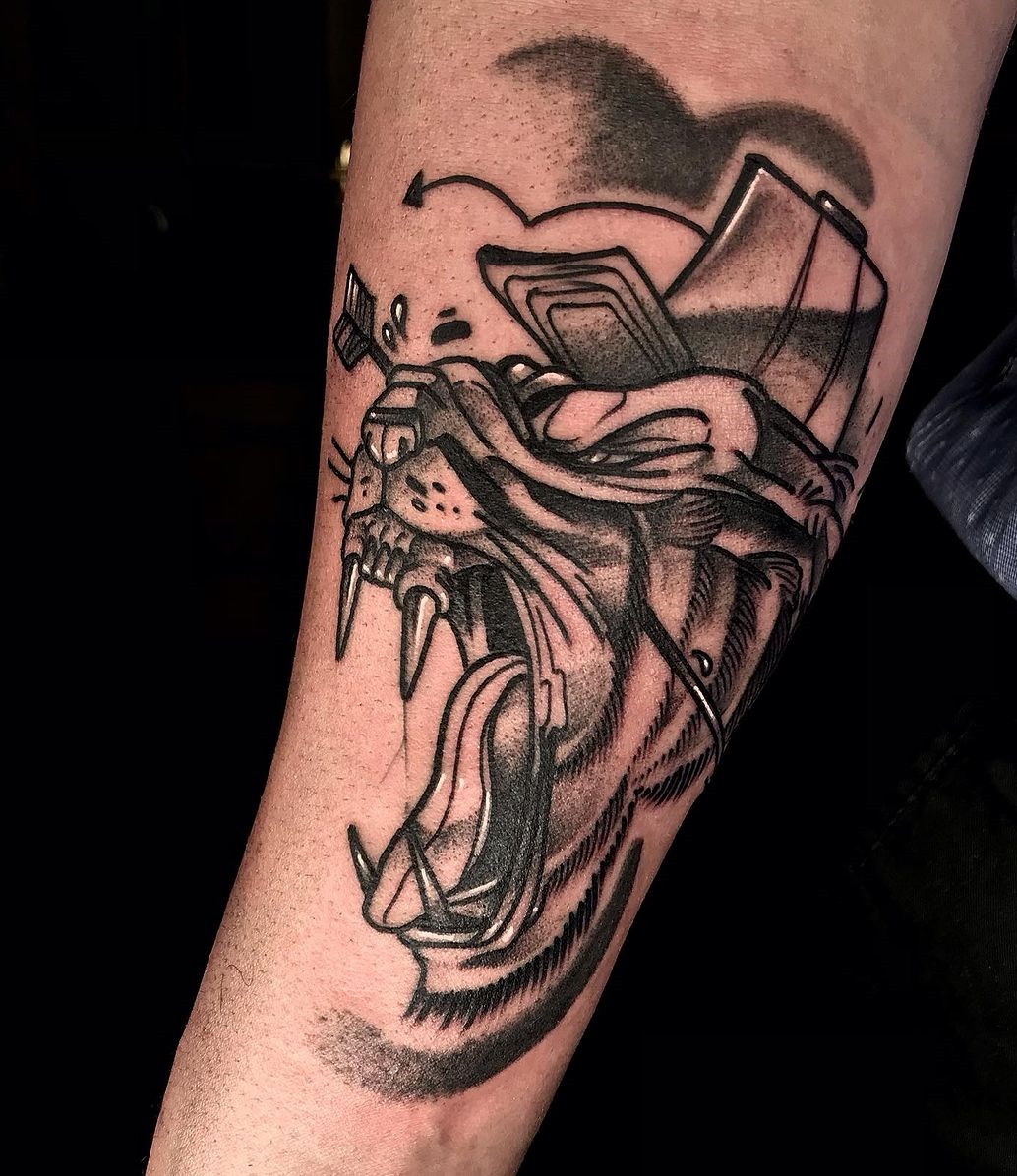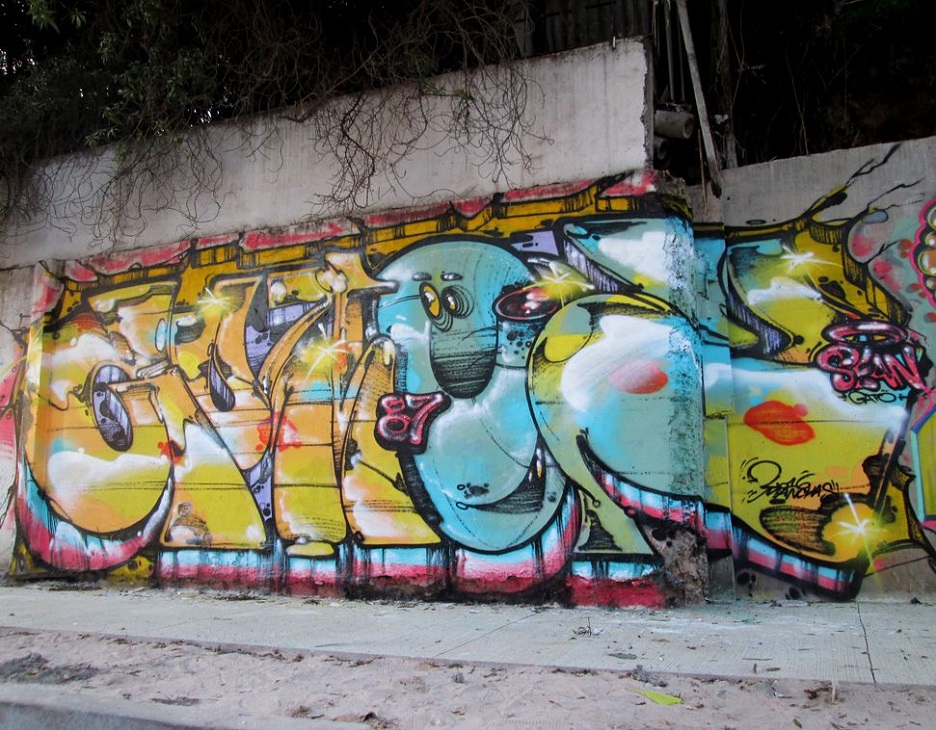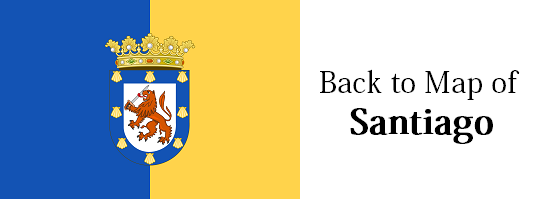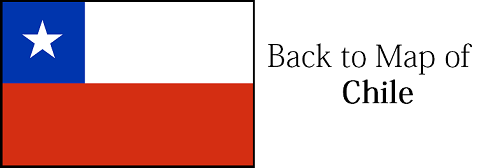The great artist GUZTOK was born and raised near Villa Francia in Estación Central, which is part of the region around Santiago de Chile. It is a working-class neighborhood, where graffiti is part of the landscape. Also graffiti represents protest and popular aspiration. Since he was a child, GUZTOK was drawn to the political murals and graffiti near his house. Furthermore, since he always liked to paint, those murals and graffiti had a big impact on him during his childhood.


As the years went by and around the age of 20 when GUZTOK began studying industrial design, the influence of some classmates introduced him more to the world of graffiti and from those years on he never stopped. At that time GUZTOK and his friends were amazed by BLU, also by the great fantistic duo OSGEMEOS and actually just everything that was happening with the hip hop movement, hardcore punk, graffiti and street art.
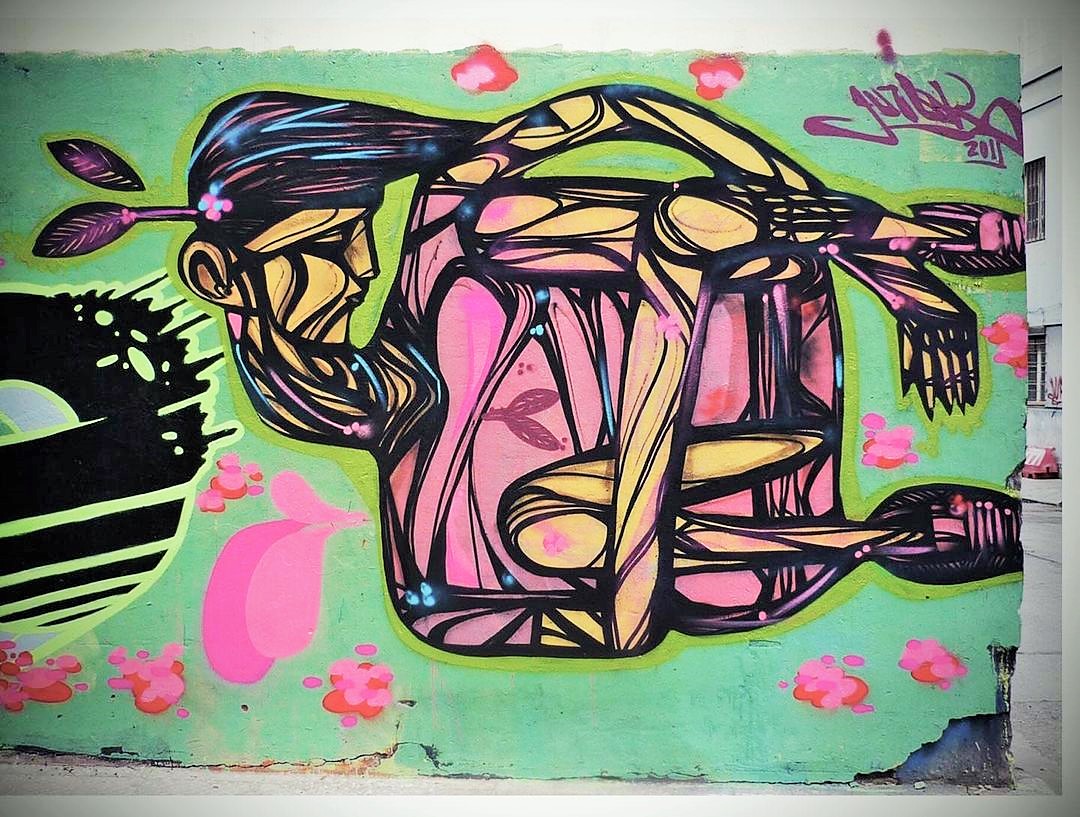
GUZTOK spent his childhood in Chile and grew up there, but currently he lives in Germany and continued developing his creative ideas there. He has a small son who gives meaning and pride to his life. Before Berlin he first lived in France, but he frequently visited friends in Berlin and eventually decided to live in the German capital. We asked this great artist some questions in an interview about his art and development. The questionnaire and the article were conducted by SALVADOR J. SEDA aka GRAFFITIPREBICENTENARIO.
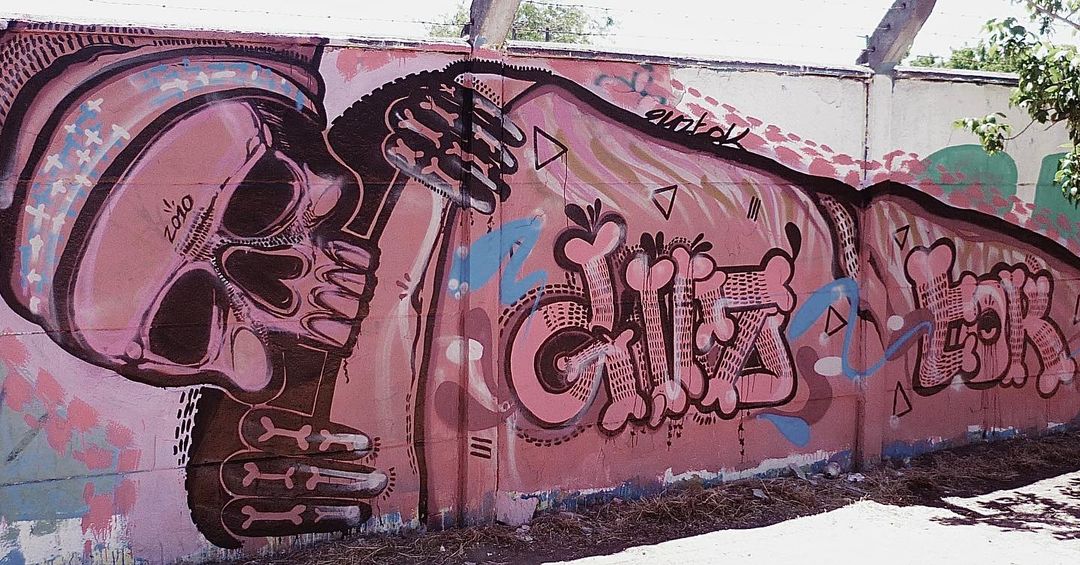
How did the industrial design studio influence graffiti? What graffiti artist did you have as study classmates?
They were the years 2007 and 2008 when some classmates were already graffiti artist or were in the world of hip hop, which is where the greatest influence came for me to fully enter that world. With one of my classmates, VISION, we started getting together with painting and creating fanzines. Over time, we began to meet more people, who lived near us and they also painted.

Which graffiti artists influenced you? In other words, what artist did you like and started to know and follow?
From Chile, I really liked what GRIN and DVE did. It also impressed me and I liked the IMP tags, which I saw from the bus when I went to school. Also, at first when I didn’t use the spray much, I really liked the work of BASCO VAZKO and all that movement that was happening at that time. On the other hand, I always really liked the work of OSGEMEOS, both for the letters they painted, the style and their characters. In conclusion, I felt much influenced by Chilean and Latin American graffiti, especially that which occurred in Brazil.

In the development of your style for doing graffiti, is there any style of art or artist that has influence your style?
I like the artist JEAN GIRAUD aka MOEBIUS and everything about surrealism, all that play with planes and spaces and with dreamlike elements, I really like it. If I could choose a painter, I would choose RENÉ MAGRITTE.
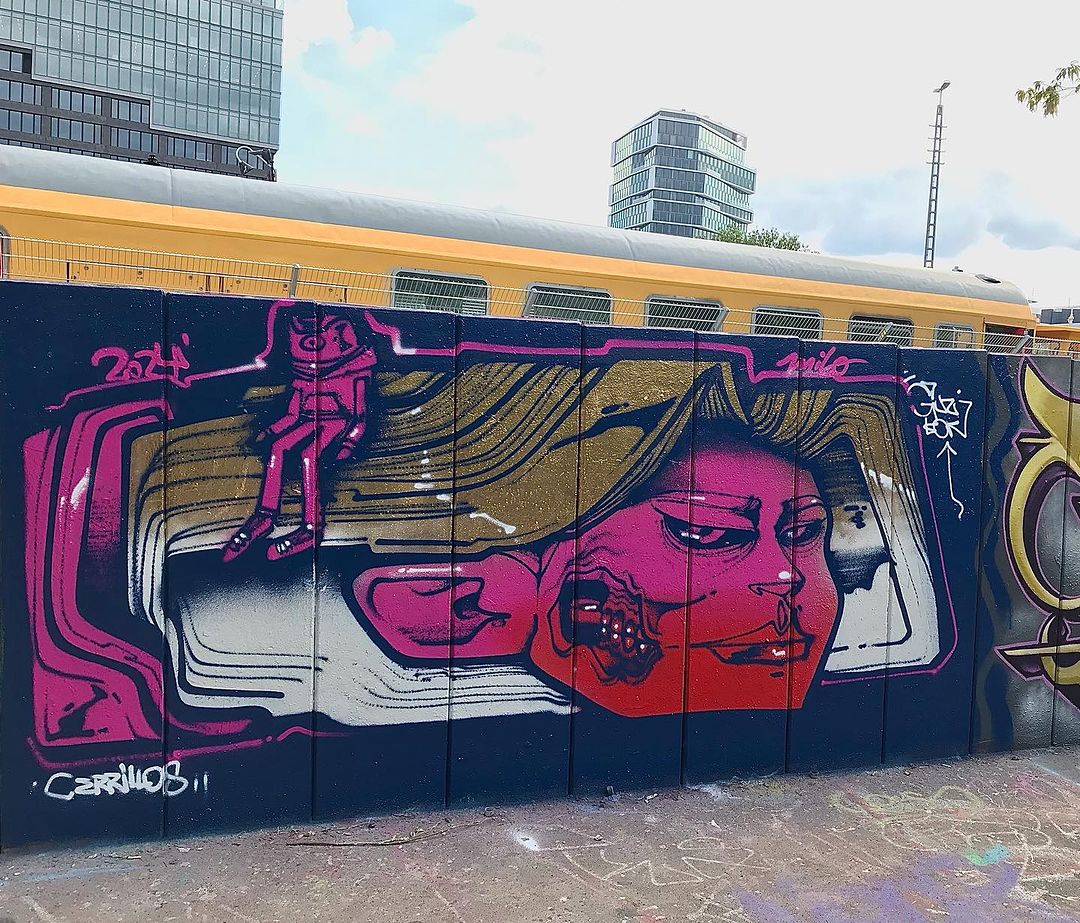
Tell us how your graffiti style emerged and developed, or has your style generally been the same? Or did some event or influence change your style at some point?
My style basically emerged because I wanted to take the characters I drew when young to something bigger, to a bigger platform like a wall, and also a graffiti or a mural has much more impact that a canvas. Furthermore, the energy put into graffiti or a mural is really liberating, it is another world. At first I started painting with shoe ink, I had a brush for broad stokes and some paintbrushes for details, that’s how everything started, with latex, a brush and a little spay to put lights and colors on my first characters. At first I only did characters and did a lot of scratch, I didn’t do much throw up or letters. Over time I began to get together with other graffiti artists and learned to mix cans, release the pressure, transfer regular paint to a Montana can, and that’s when everything changed. I began to experiment more and learned new techniques, since with few materials you can also do a lot. My style has changes a lot, now I try to put fewer lights or shine and focus more on the line and painting quickly, since here in Europe it is different story, the police chase you.
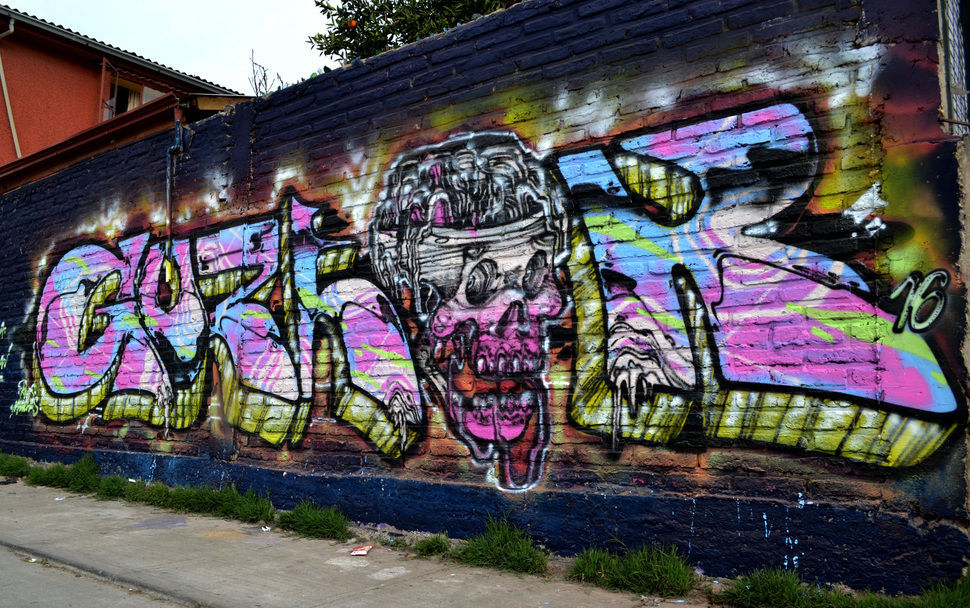
What are the main differences in style and design of your graffiti “made in Chile” compared to your graffiti “made in Europe”? Did your style change from Chilean influence (before going to Europe) versus German or European influence? If so, explain it.
I think the difference was that I basically stopped using so much bright or white color. On the other hand, here in Europe it is not very common to use latex or paint with a roller, basically here you use latex for the background and the rest everything with can, faster. Living in Europe, sometimes I paint projects or when a lot of time passes, I need to do something more vandalistic and at night, I have to schedule myself a lot to be able to paint. In Chile it was more spontaneous and there is always space, it was much easier to paint in Chile, there was not that stress of being caught by the police or a neighbor calling them and having to pay a fine.
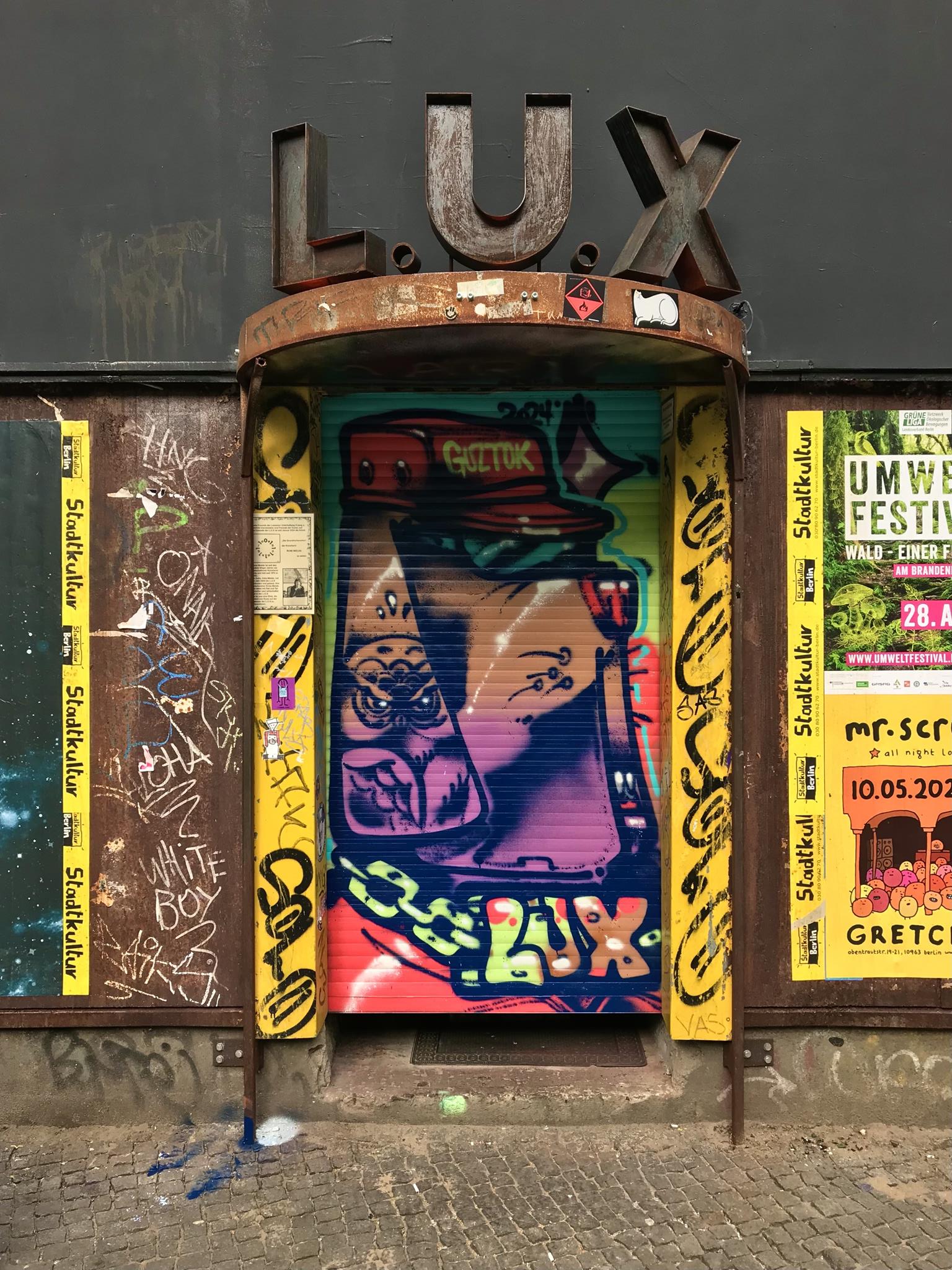

I see that you also make paintings with pencil, acrylic and other media. How often do you make paintings? Have you had exhibitions of them? How do graffiti and paintings compete in your daily work? Which medium (graffiti versus paintings) do you spend more time on and why?
I did an exhibition a few years ago in Marseille and it was quite good, my last exhibition was in 2020 with other Chilean and Latin Americans artists in a café in Berlin by Prenzlauer Berg. After that I haven’t dedicated myself to making more, but I’m fighting to have a space to paint and make paintings more often, currently I haven’t made any for a long time.

Regarding your Instagram account about the tattoos, so do you make a living with tattoos? Do you dedicate yourself 100% to tattooing or do you do it from time to time? With graffiti do you have monetary income or is it just love of art?
Currently I tattoo from time to time, usually on the weekends, before becoming a father I dedicated 100 percent to tattooing and I lived from it for a few years, but now I have more responsibilities and work as a roadie at concerts. I have seen many artists, but at the end the work is tiring but entertaining.

Tell us a little more about tattoo. A piece of art is on a wall with spray or brush, it is in a large space and you can also paint on different surfaces. But a tattoo is done in a very small, minimal space; it is extremely delicate and cannot be painted on anything. It is recorded as it is. Tell us a few more words about the differences between making graffiti on a wall and engraving a tattoo.
Basically painting a wall gives you the freedom that if you make a mistake you can repair it, on the other hand a tattoo remains forever, you have to be much more confident in your line and in your style and in solving problems when they happen, in short they are two extremely different professions, they are linked by creativity, but I could tell you that tattooing is something much more complex than painting a wall. They are two completely different worlds, it takes a long time to tattoo well, and injecting the ink well is something very complex.

Over the years, your characters and lyrics have evolved, but always maintaining a message. You often radiate intense color with your graffiti, something familiar, smiling faces and entertaining conversations. What do you think of this interpretation of your graffiti? Tell us more about what you want to convey with your art works.
I find it interesting what people can interpret from my graffiti, as I told you before when I lived in Chile I had more time to paint all day and develop my painting more in the sense of illustration, now I am more focused on painting something quickly, with good strokes, but if I go deeper, I paint happy things because it gives me enormous joy to paint and be in front of a wall and I have also always been very attracted to surrealism or a dream world.
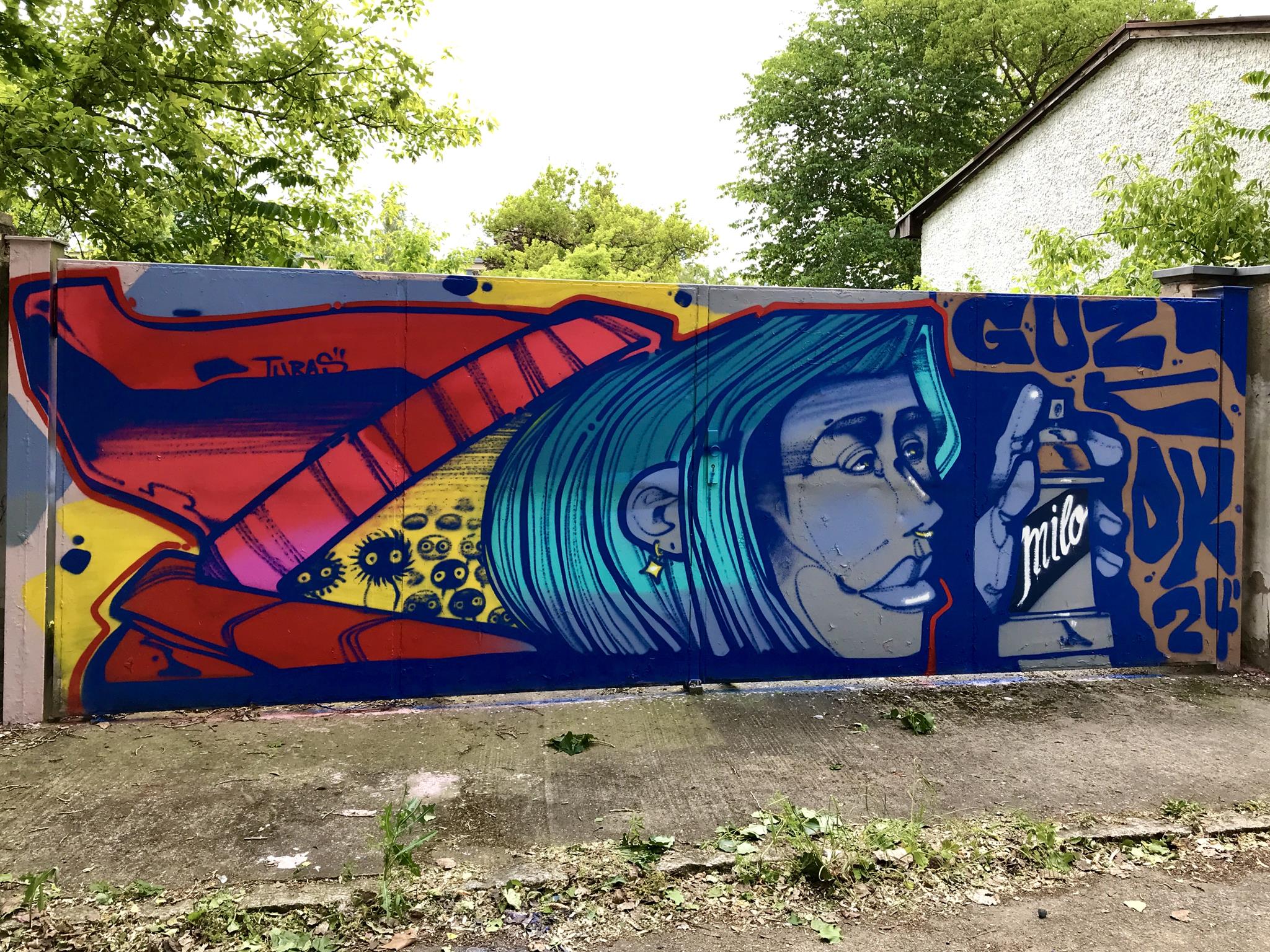

The rich go to the museum, the poor stay on the street. So the poor can’t see art? That’s not true and you know it, that’s why you make art in the street. What do you have in mind when you do graffiti? Do you think about the environment, about beautifying the place?
Sometimes yes; I do think about beautifying neighborhoods and playing with spaces and intervening in them in a unique way plus also playing with proportions and spaces. In Chile I questioned the space and the environment a lot more and I used to reach a kind of communication with the people who lived in those neighborhoods; I wanted that my graffiti delivers my vibrations from those interactions. Now, I am focused on the search for faster painting and more graphic things. I like to simplify the graffiti and at the same time conveying a deeper message and also playing with space a little too.
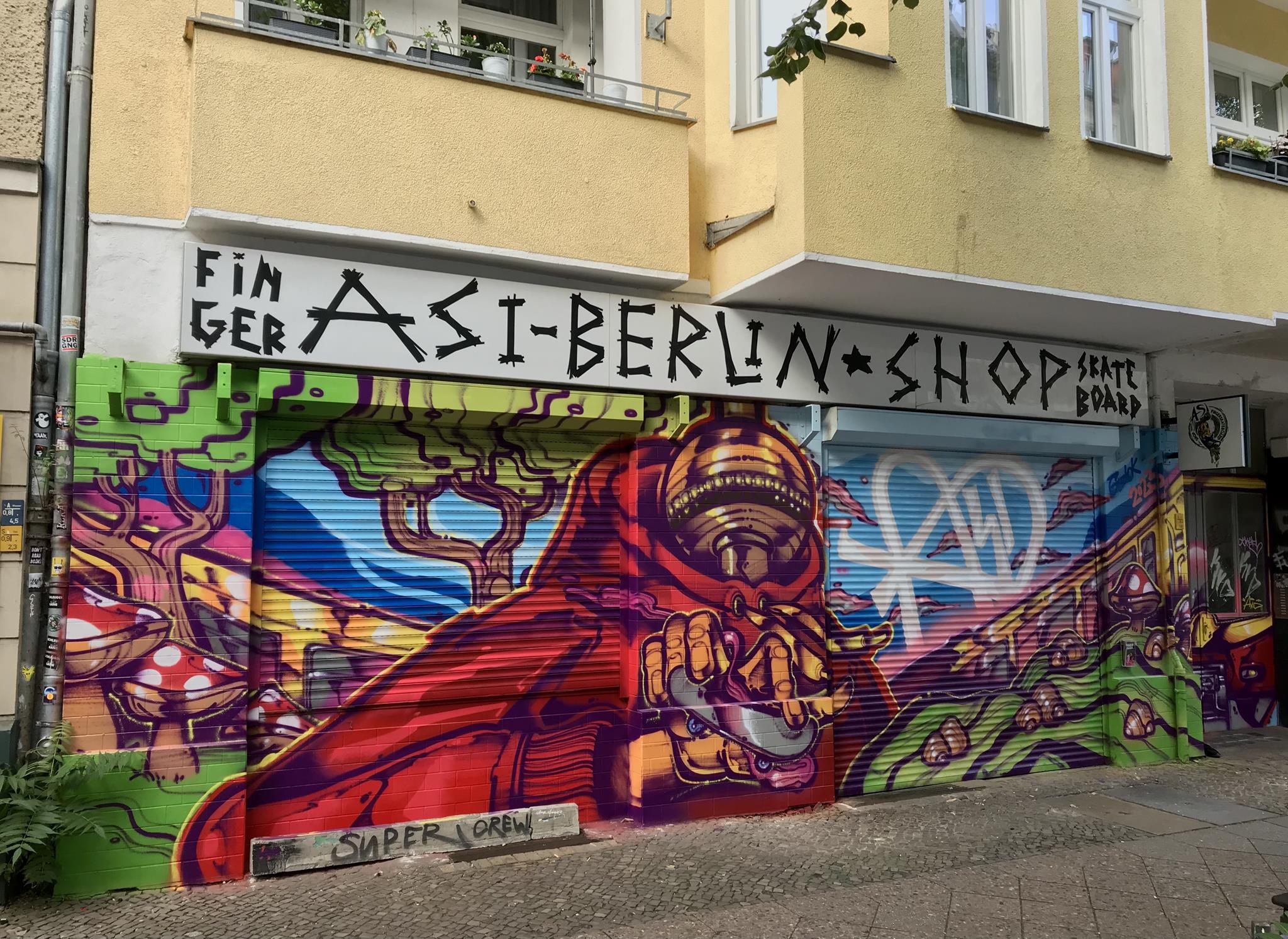
Your drawings as a child influenced your graffiti, and your street art influenced tattooing, but then tattooing also influenced your graffiti. Plus the different ways of thinking and experiencing go further, and develop in general, don’t they? All this is Guztok. Tell us a little more about it.
Sure; over time everything mixed together until today, currently I don’t think much, I just show up and do it instinctively; but you’re right, in the end painting and tattooing are still my escape from a monotonous and boring life, therefore they end up mixing. In the end it’s all about freedom of expression or finding something that makes you feel strong, creative and free.

The artwork shown on the photo below was done on the Teufelsberg in Berlin, a legendary art space on a small mountain or hill that was a spy station during the Cold War. Tell us about when you painted this graffiti and what you thought of this place called Teufelsberg. How did it happen that you painted in that place? Have you been there again?
I did the graffiti in Teufelsberg many years ago. Someone, who I no longer remember who it was, told me that you could paint legally, and more importantly for me, that if you painted you didn’t have to pay to enter. The place was good but a little run down; I think they are fixing it now. What I remember from that time was that I wanted to paint a woman. Also, I had few materials, so I used chrome and played a little with shapes to be efficient with the little material I had at that time.

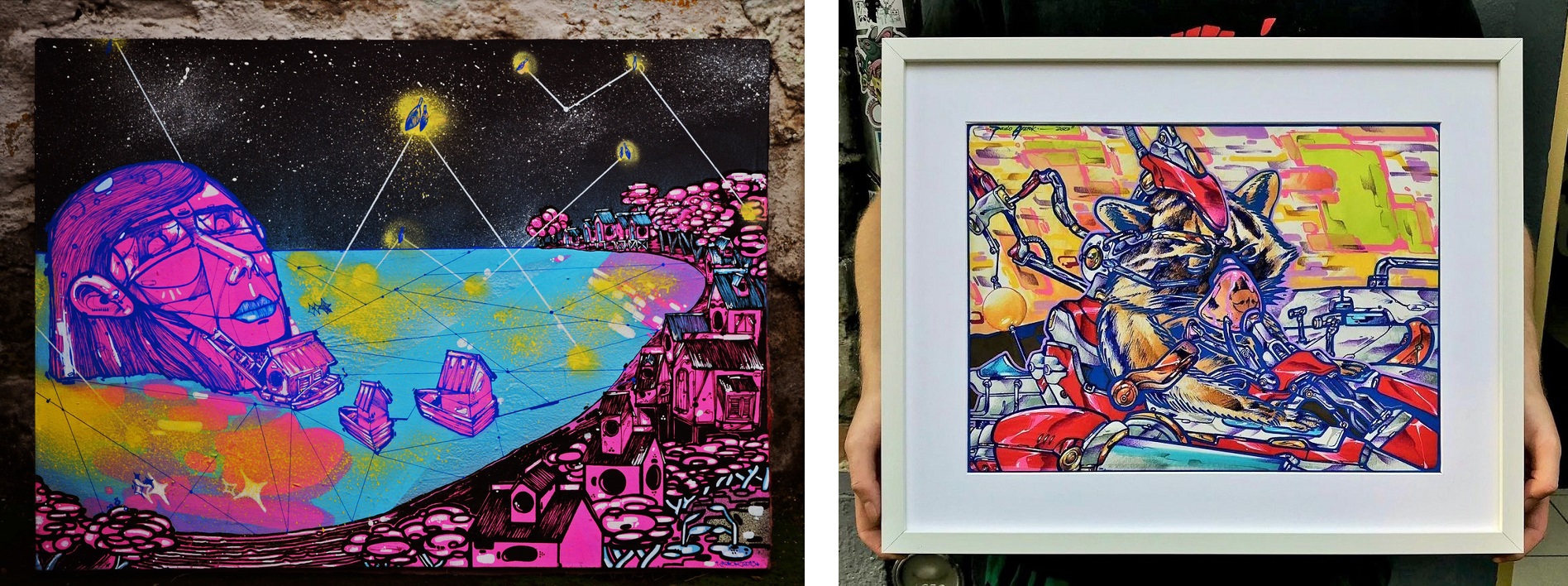
The other graffiti we have in Vagabundler from your creation is the one on Fanny Zobel Street. Please tell us more about this work, how it was created, what was going through your mind, and anything that helps us understand more about its design.
I did this other graffiti during the time of COVID pandemic period; they were very crazy and uncertain times. I painted it with a colleague from the tattoo shop where I worked at that time, and more than anything it was like an experimentation of face and also the situation we were going through. That Hall no longer exists; they are now erecting a building there. Basically it was an experiment and perhaps also paranoia, but at the same time peace because I was painting and enjoying the moment despite everything that was happening in the plague world of COVID.

INFOTHEK
![]() Artist: GUZTOK
Artist: GUZTOK
![]() Instagram: https://www.instagram.com/guztok1
Instagram: https://www.instagram.com/guztok1
![]() Instagram: https://www.instagram.com/elguztoktattoo
Instagram: https://www.instagram.com/elguztoktattoo
![]() Mentioned Artist: BASCO VAZKO
Mentioned Artist: BASCO VAZKO
![]() Instagram: https://www.instagram.com/bascovazko
Instagram: https://www.instagram.com/bascovazko
![]() Mentioned Artist: GRIN
Mentioned Artist: GRIN
![]() Instagram: https://www.instagram.com/grin_cl
Instagram: https://www.instagram.com/grin_cl
![]() Hashtag: https://www.instagram.com/explore/tags/grinGPB
Hashtag: https://www.instagram.com/explore/tags/grinGPB
![]() Mentioned Artist: VISION
Mentioned Artist: VISION
![]() Instagram: https://www.instagram.com/visionair
Instagram: https://www.instagram.com/visionair
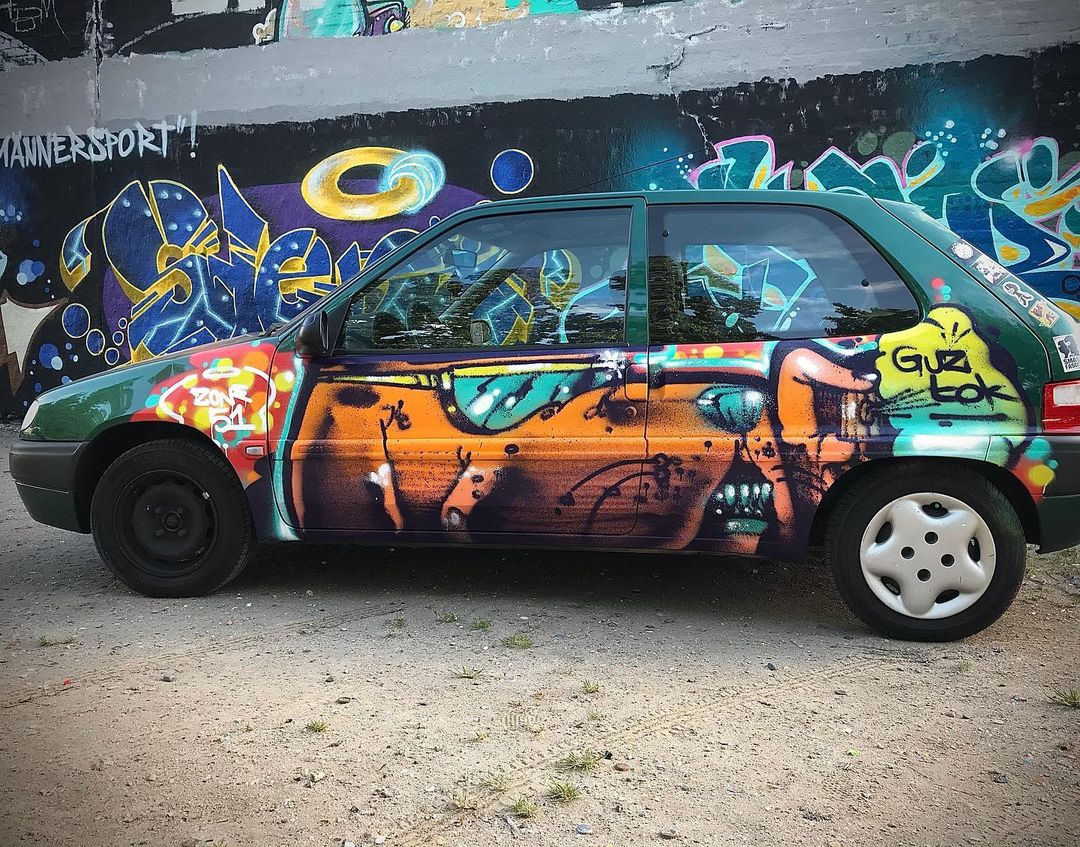
![]() Photographer & Interviewer: GRAFFITIPREBICENTENARIO
Photographer & Interviewer: GRAFFITIPREBICENTENARIO
![]() Email: graffitiprebicentenario@gmail.com
Email: graffitiprebicentenario@gmail.com
![]() Instagram: https://www.instagram.com/graffitiprebicentenario
Instagram: https://www.instagram.com/graffitiprebicentenario
![]() Instagram: https://www.instagram.com/graffitidechile
Instagram: https://www.instagram.com/graffitidechile
![]() Profile Page: https://vagabundler.com/culturists/salvador-seda
Profile Page: https://vagabundler.com/culturists/salvador-seda
![]() Photographer: GUZTOK
Photographer: GUZTOK

RECOMMENDABLE GRAFFITI SPOTS IN SANTIAGO
>>> Museo A Cielo Abierto – San Miguel <<<
>>> Centro Cultural Gabriela Mistral <<<
>>> Pío Nono 200 <<<
>>> José Miguel Carrera – AISLAP <<<
MORE ARTICLES ABOUT CHILE
>>> Streetart Map Valparaíso <<<
>>> Streetart Map Angol <<<
>>> Nahuelbuta Graff Festival <<<
>>> Maestranza Barón Festival <<<
>>> Graffiti Inauguration La Serena <<<
>>> Atacama Crossing <<<
>>> Nahuelbuta National Park <<<
>>> Santiago Tours 4 Tips <<<
>>> Bore Namazu Tattoos – Arica <<<
>>> Sandboarding San Pedro <<<
>>> Hostal Voyage – Valparaíso <<<
